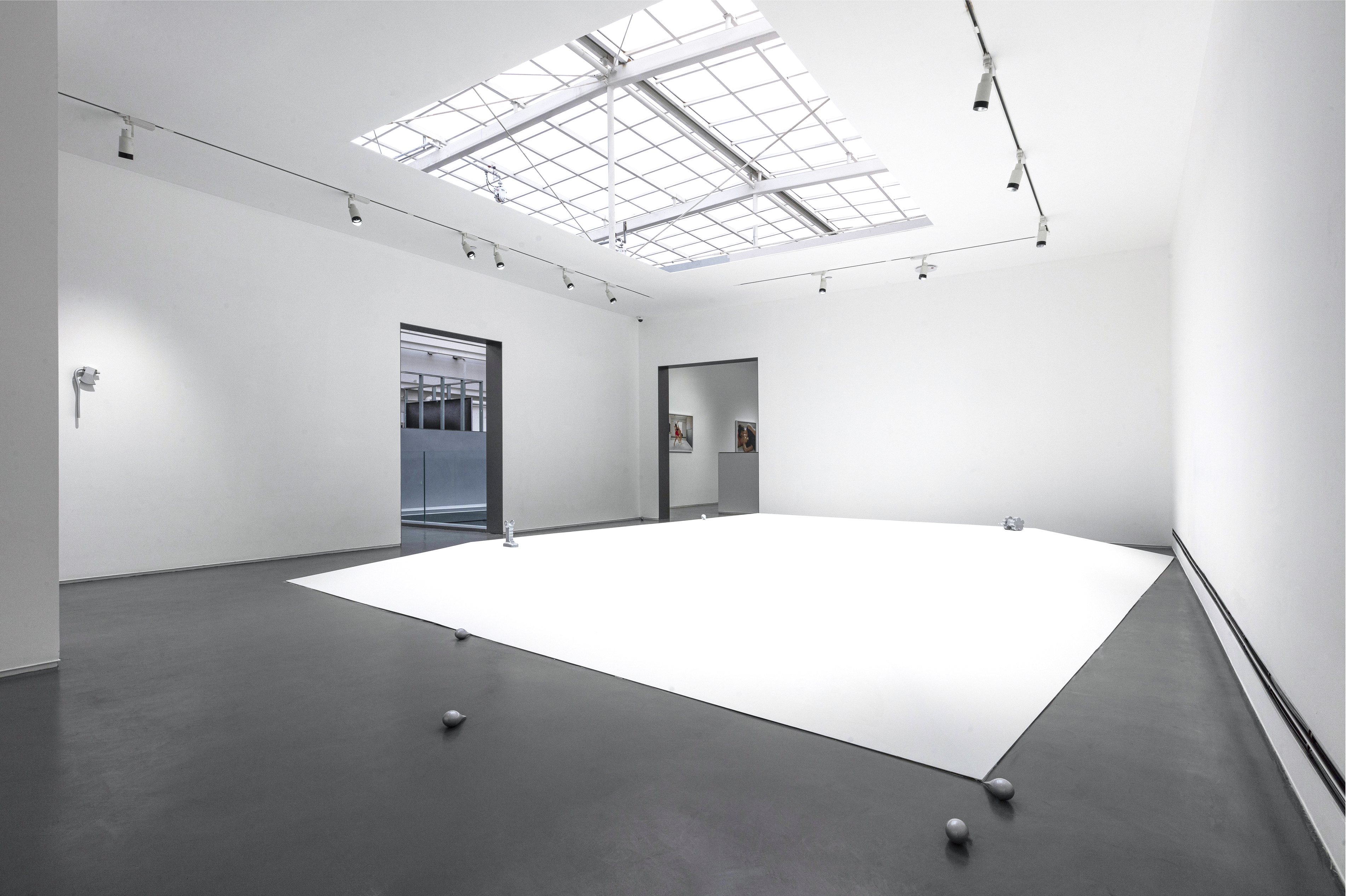
the ceiling is sweating
2023
site-specific installation: 3D printed resin, hardware, wood
2023
site-specific installation: 3D printed resin, hardware, wood
08/27/2023 - 11/26/2023
installation created for the Gallery 5 of X Museum. part of X Museum Triennial 2023 exhibition “Home Is Where the Haunt Is” at X Museum
press: e-flux announcement / China Daily

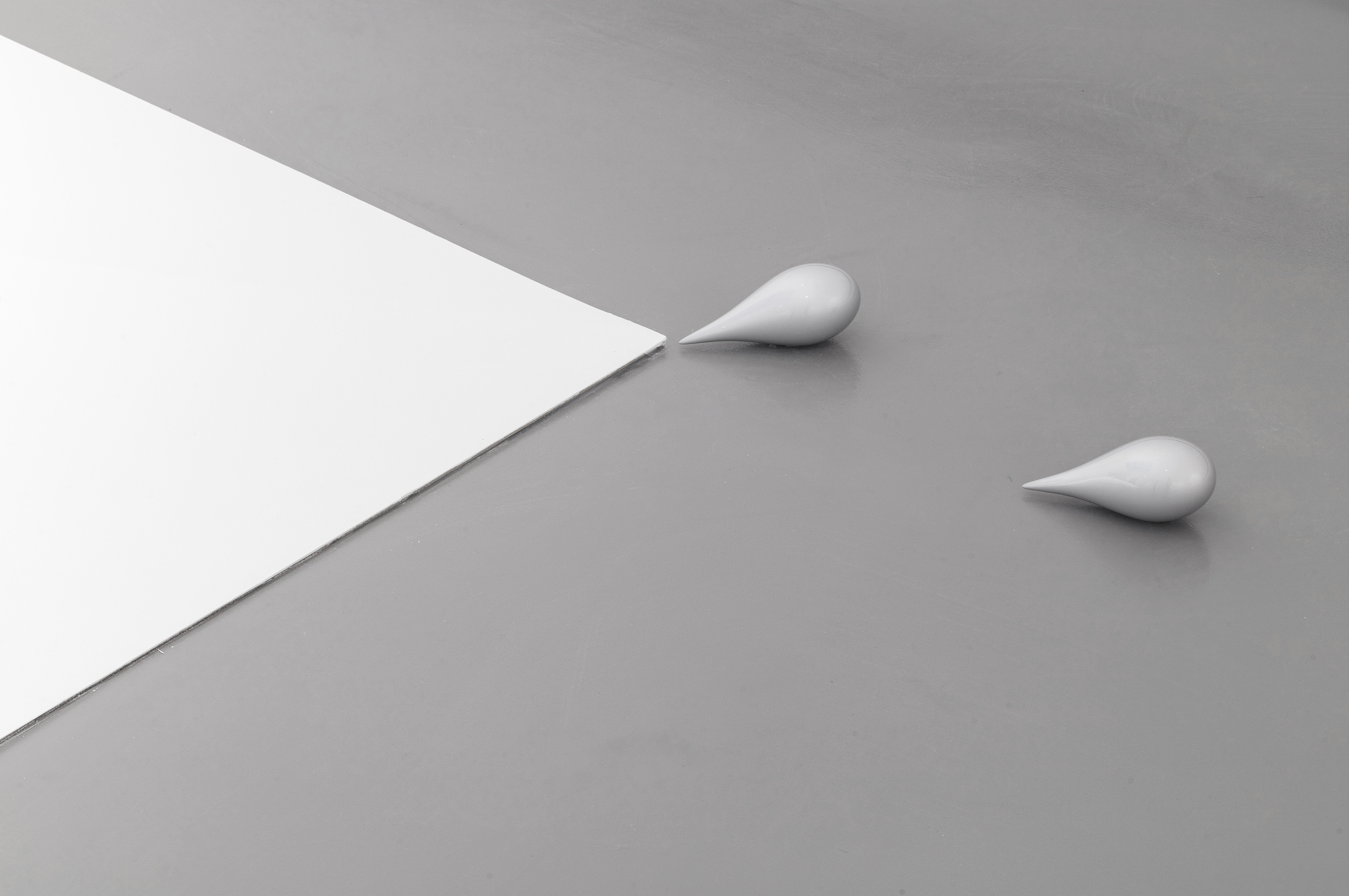

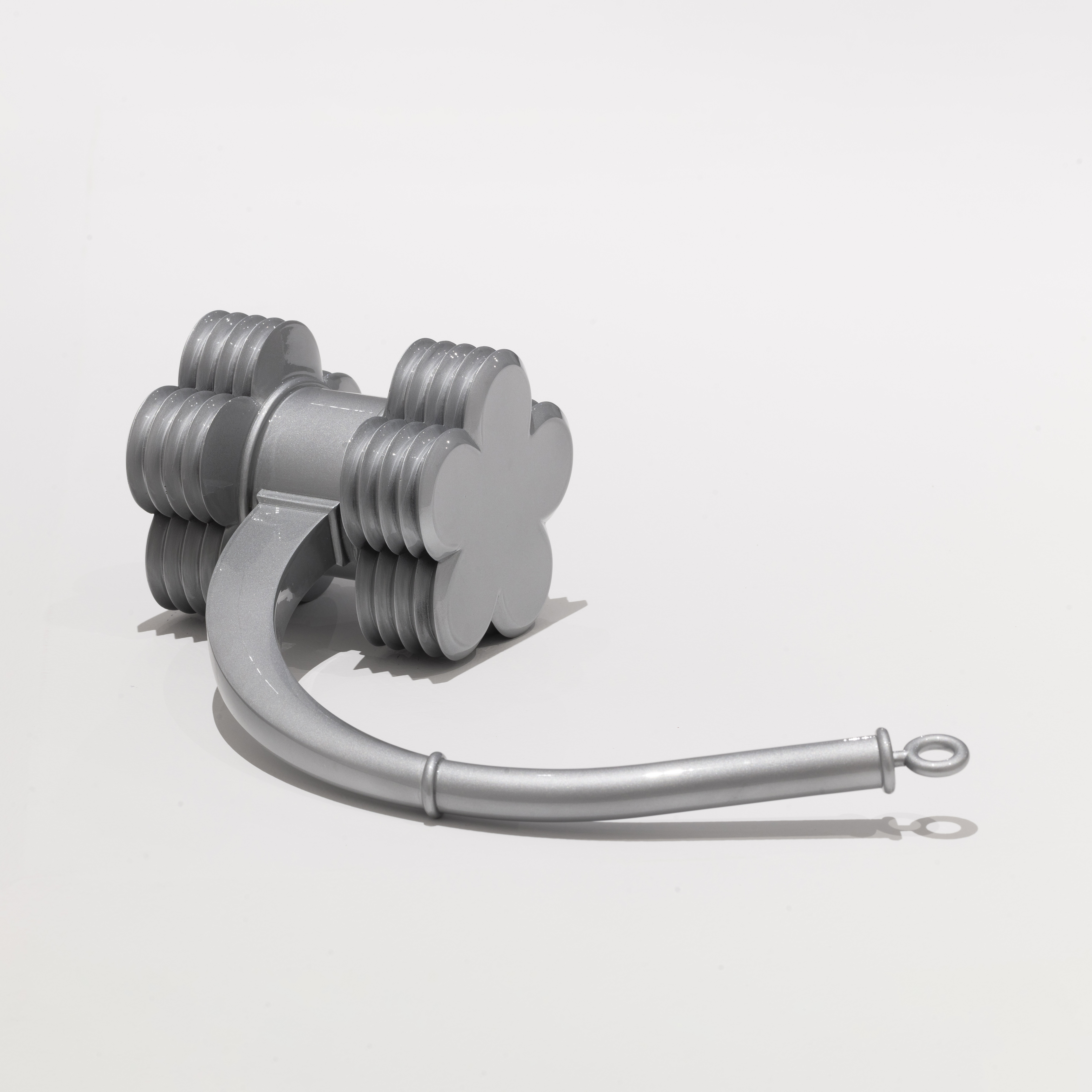
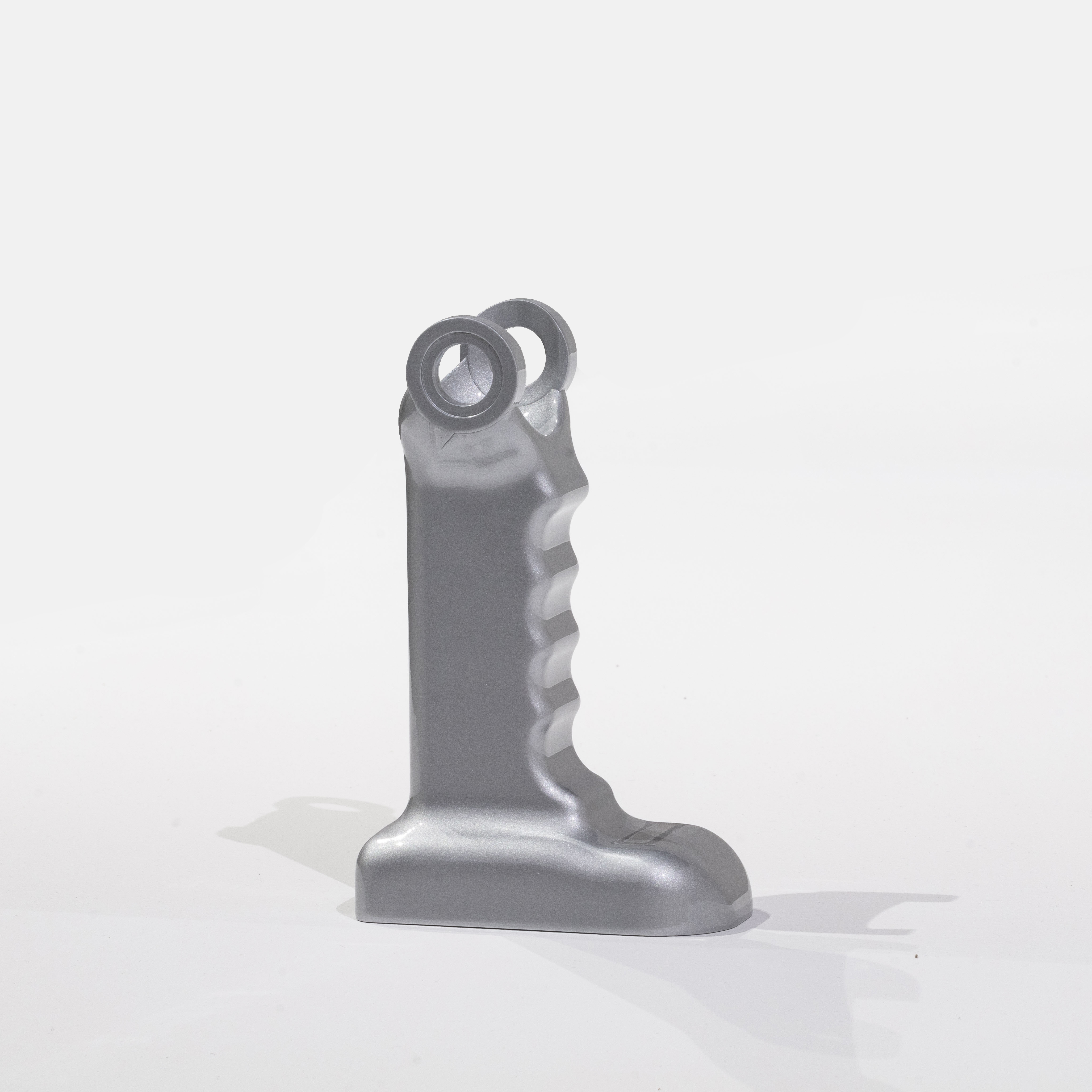
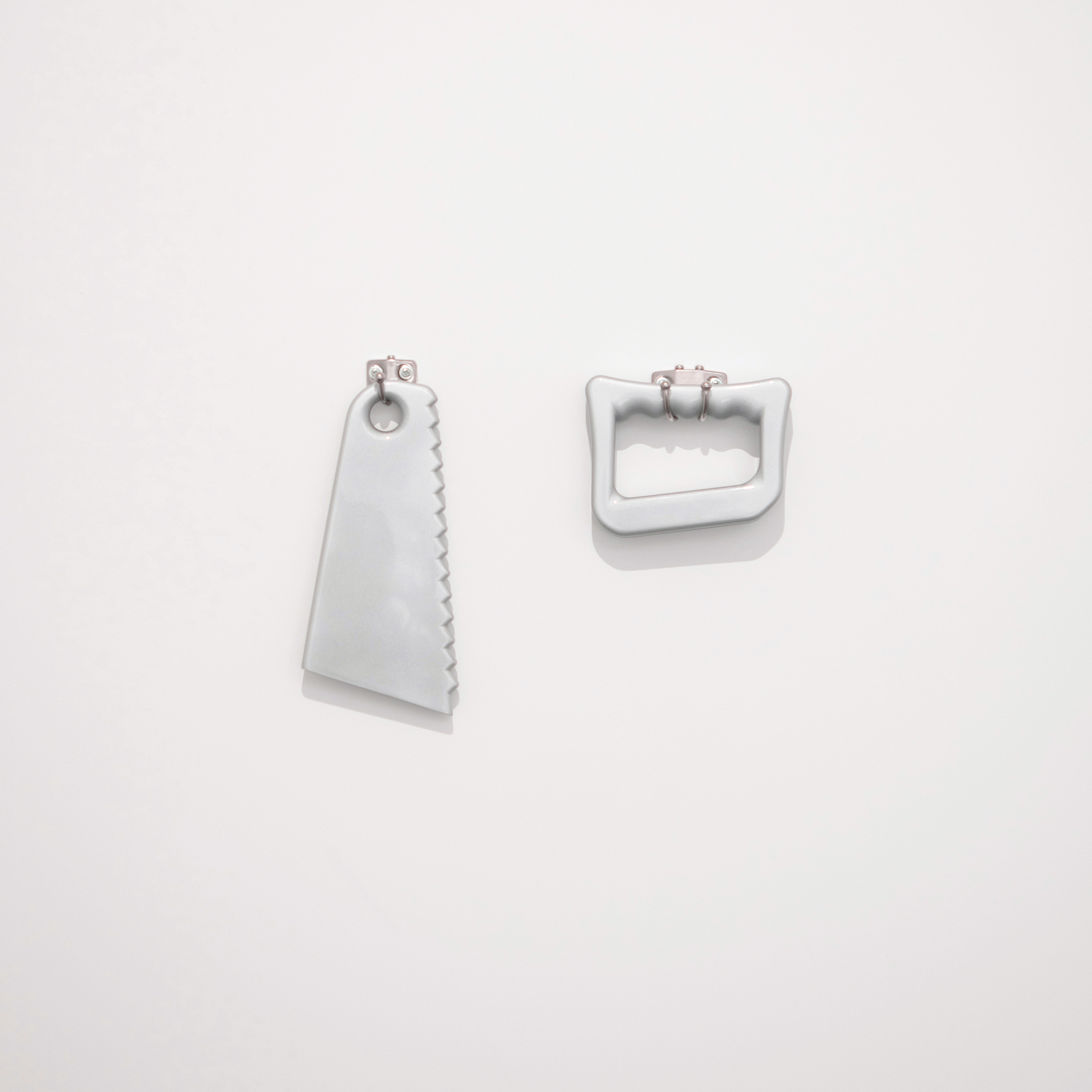
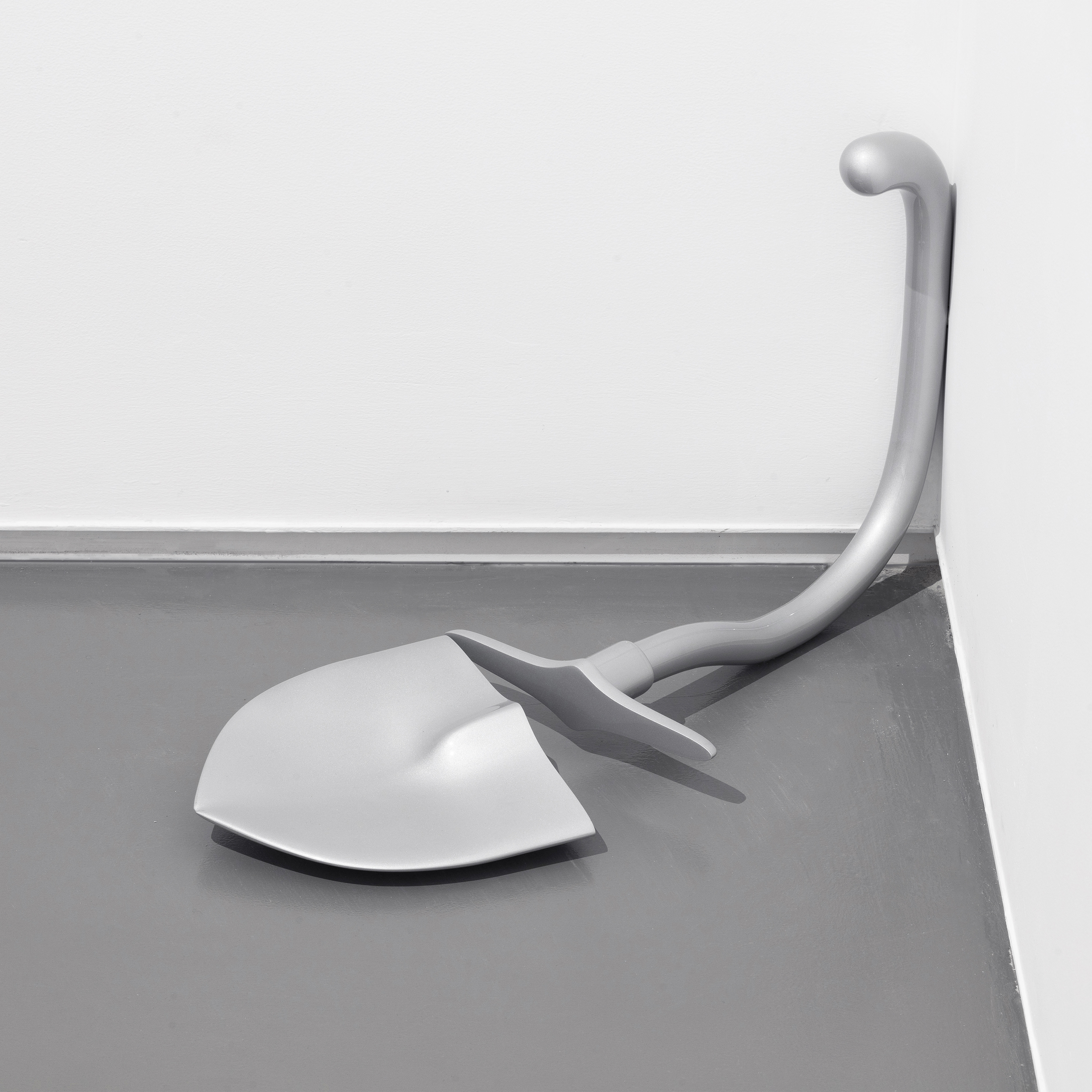
X美术馆三年展2023:“萦绕之所”展览现场,图片致谢X美术馆
Installation views at X Museum Triennial 2023: 'Home Is Where the Haunt Is', image courtesy X Museum
Installation views at X Museum Triennial 2023: 'Home Is Where the Haunt Is', image courtesy X Museum